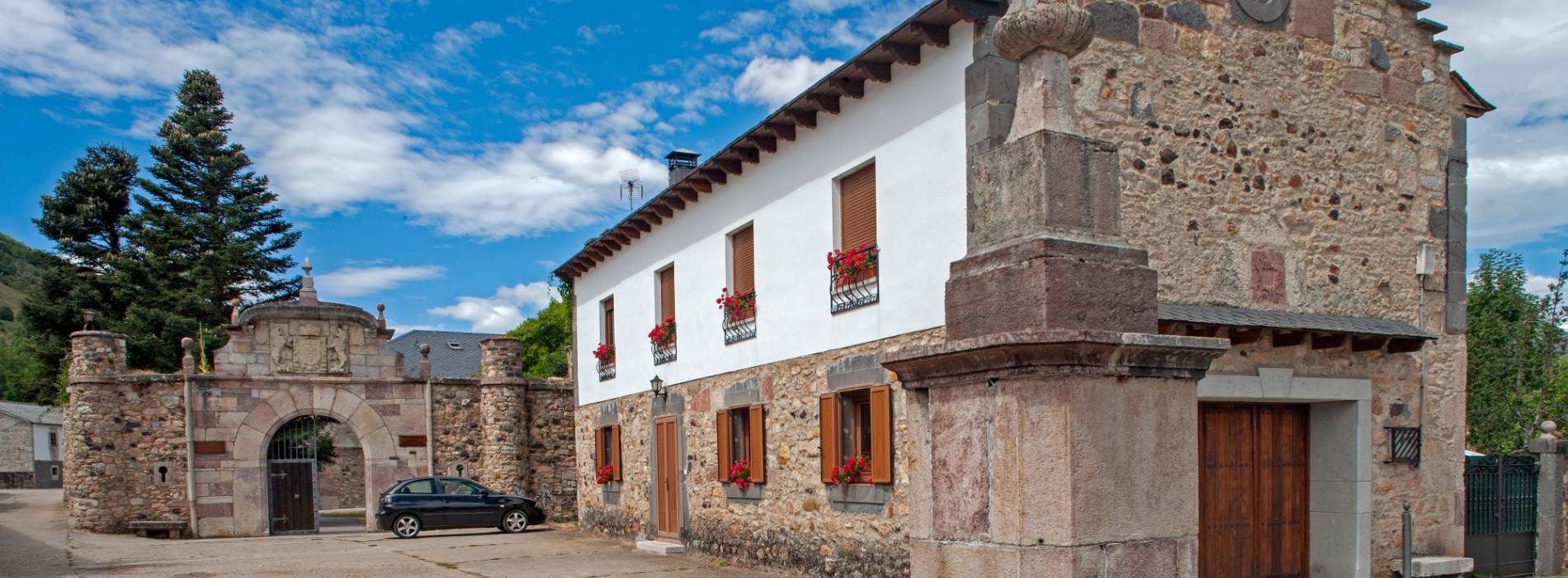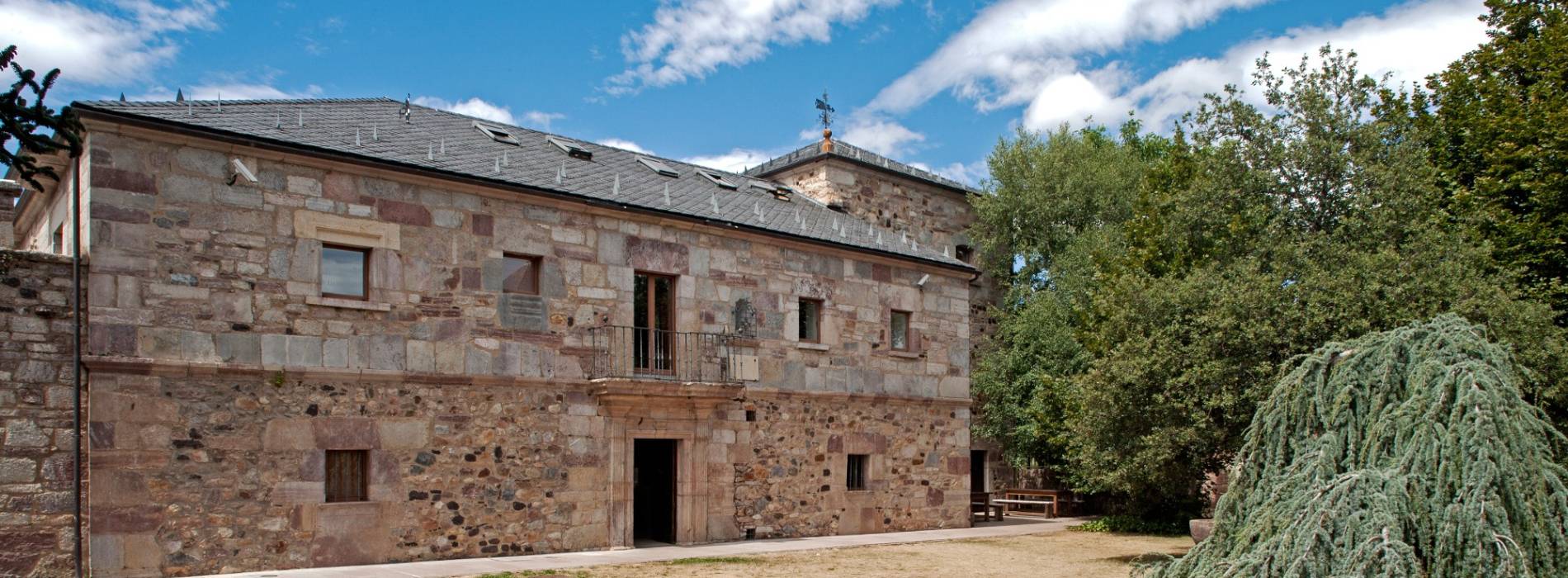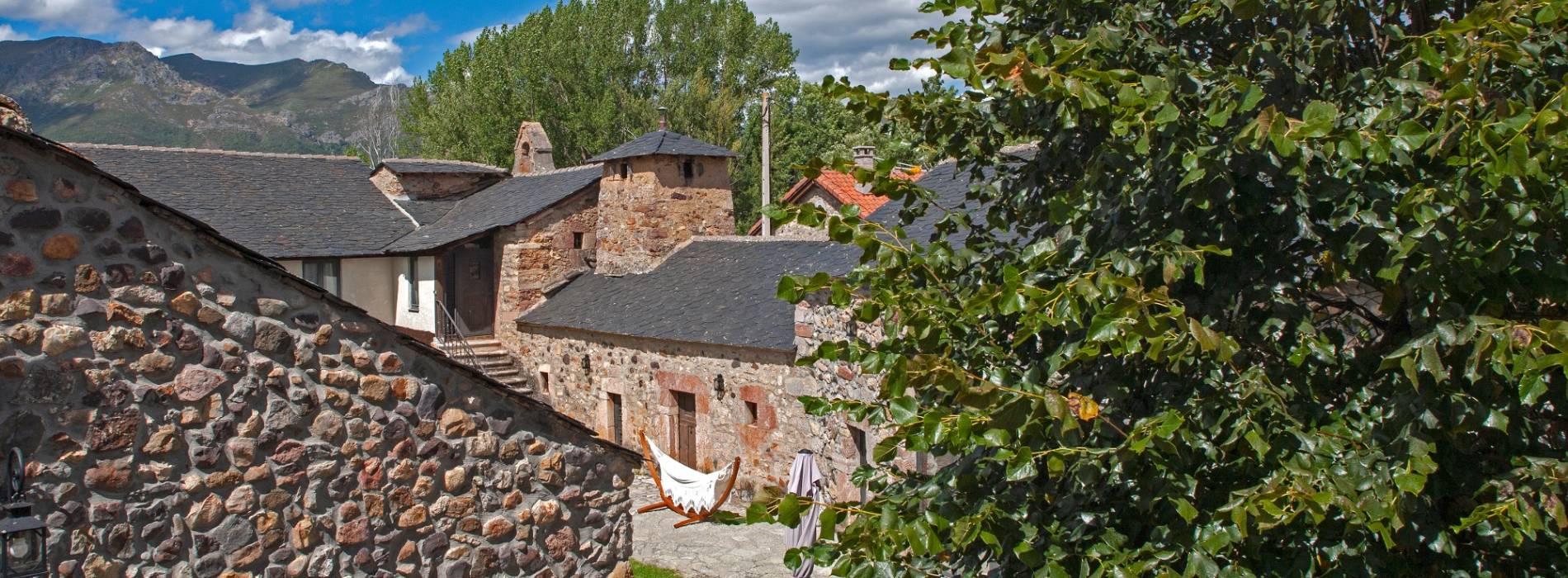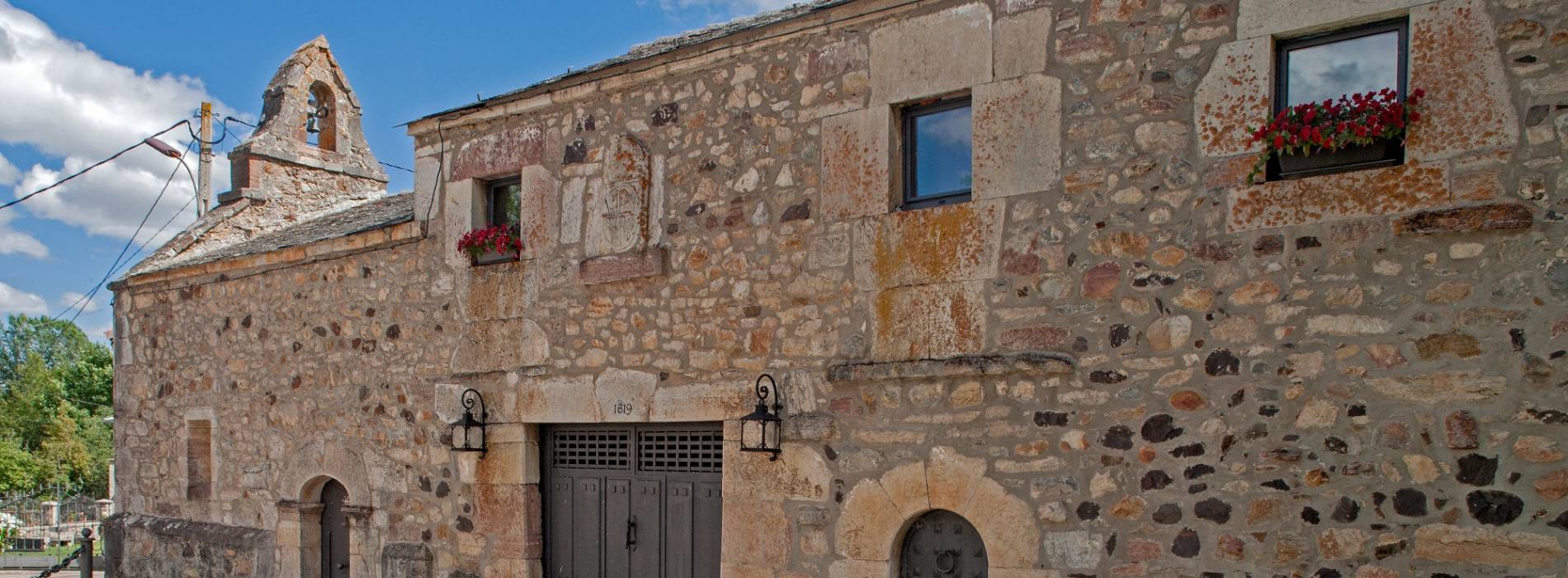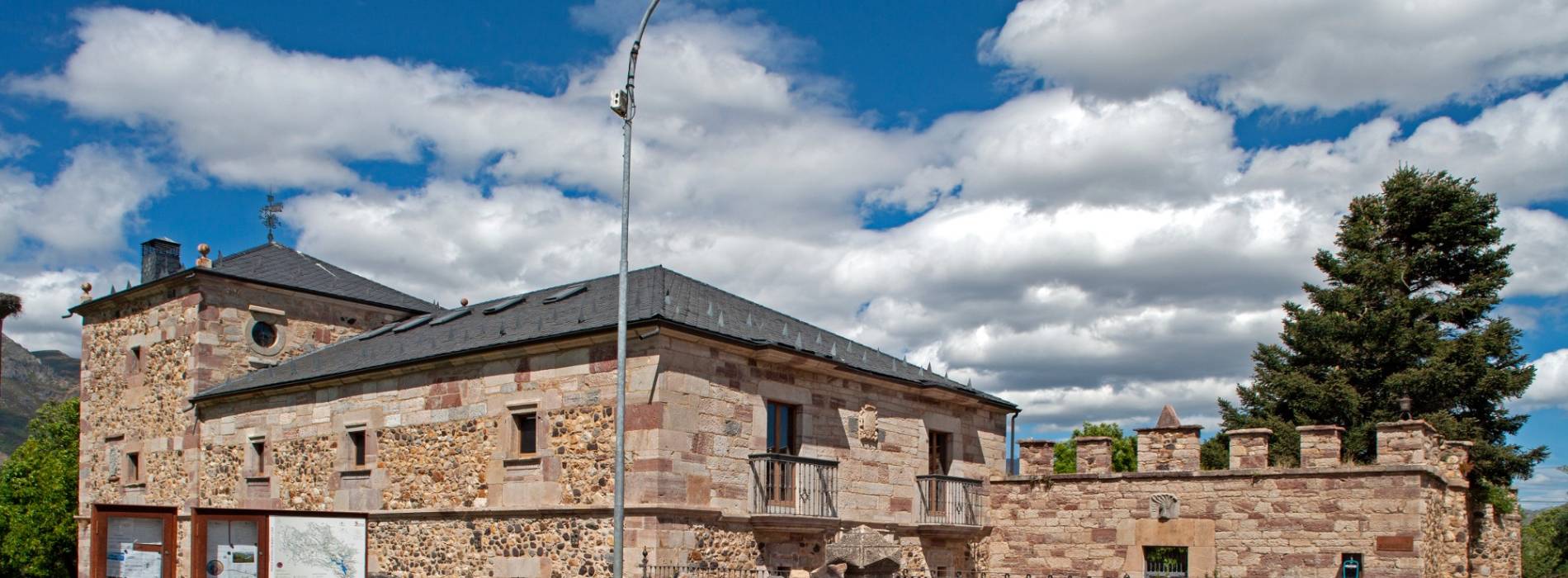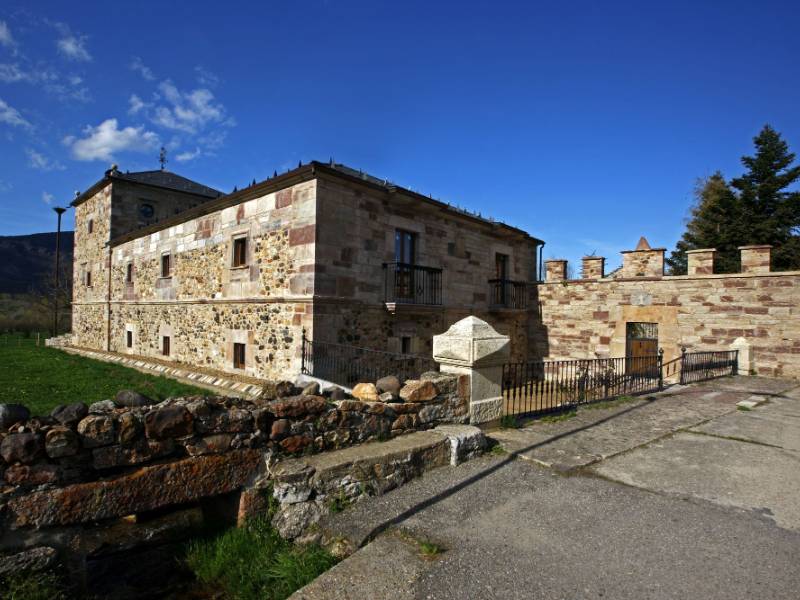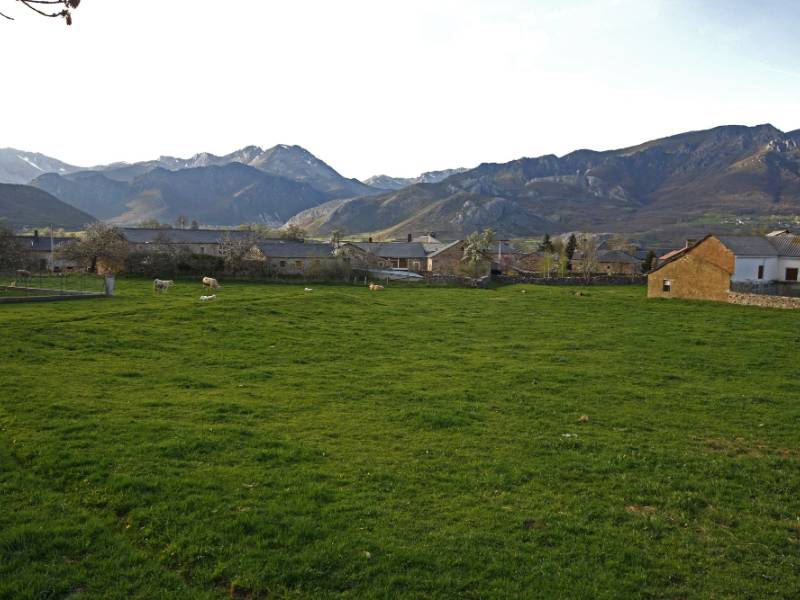Riolago
In the middle of a setting that was the haven of kings, this beautiful and quiet town blends heritage and nature, without forgetting its ethnographic values.
Enter this imposing and serene place and let your steps take you through steep gorges, beautiful lagoons and waterfalls and incredible starry skies, and you will find true vital calm.
Riolago de Babia is the most monumental town in the Babia region, one of the most interesting rural areas due to its noble and rural architecture, its religious temples, its fountains and its state of conservation. The Quiñones palace that houses the Casa del Parque de Babia y Luna, the Casa del Escribano, an excellent example of the traditional Babian house, the parish church with its altarpiece and the hermitage of Christ, are the attractions of this small town in the Leonese mountain.
Get to know the surroundings
Address and map location
Tourist information
San Emiliano town hall
To know moreAddress
- Postal address municipality of San Emiliano . León
- Web
- Phones987 594 029
- Fax987 594 404
San Emiliano tourism office
Address
- Postal address Carretera Puerto de Ventanas, s/n. San Emiliano. NaN. León
- Web
- Phones987 594 029
To know moreLeón tourism office
Address
- Postal address Pza. de Regla, 2. León. NaN. León
- Web
- Phones987 237 082
- Fax987 273 391
To know more

